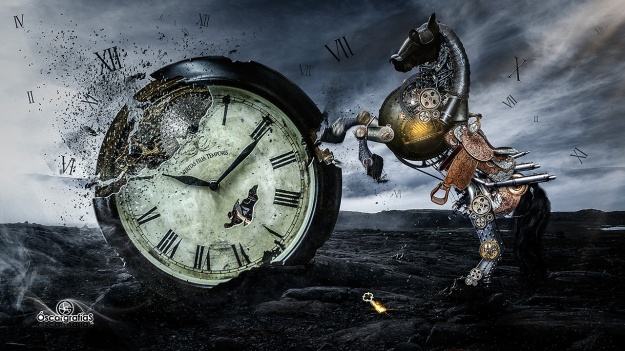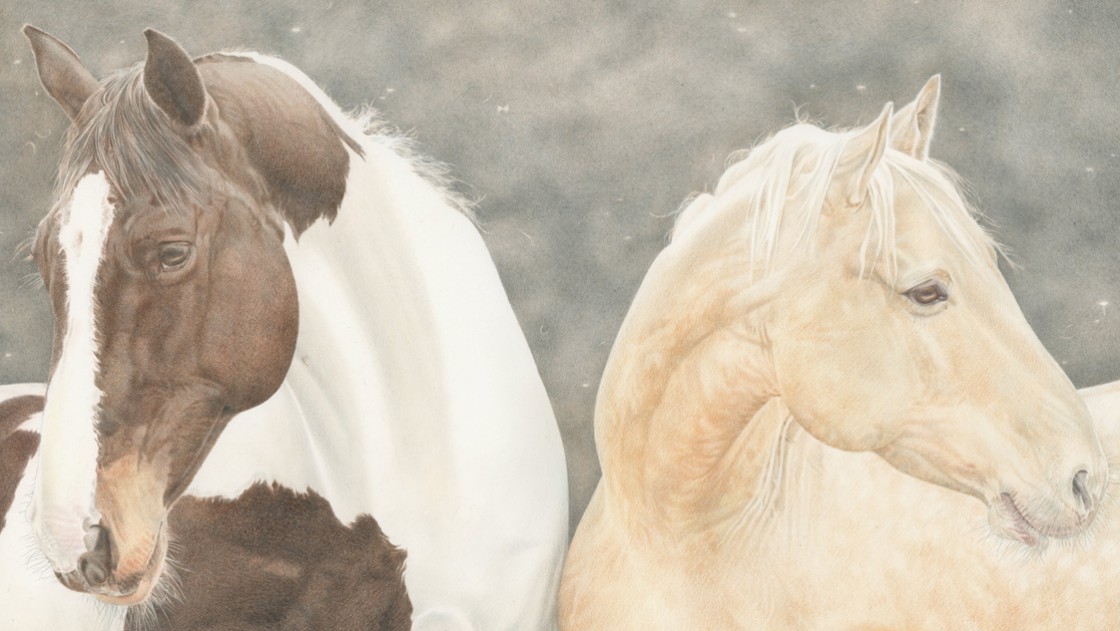When I go to help people with their horses, a common question I am asked is about how long it will take to fix a problem behaviour.
So by problem behaviour, I mean a behaviour that the horse or pony chooses to perform in one or more situations and that is dangerous for any people involved, dangerous for the horse him or herself (short or long term), which puts other animals in danger, has the potential to result in damage to someone’s property, is inconvenient or annoying to the owner or to anyone else coming into contact with the horse.
The issue we always have to deal with, with any problem behaviour, is that it almost always has a long and strong history of being reinforced.
We know that behaviour that the horse keeps repeating or that is happening more often is being reinforced by something. The horse or pony is getting something out of performing the behaviour.
The question is, how is the unwanted behaviour reinforced? What is the horse getting out of performing this behaviour?
Behaviour can only be reinforced two ways. It can result in the horse getting away from something it perceives as unpleasant, painful, stressful, annoying or frightening, or from something that has come to be a reliable predictor of an experience that is.
Or behaviour can be reinforced because it results in the horse getting to something it likes, such as grass.
Behaviours that have a long history of “working” for the horse to BOTH get away from something or someone that the horse associates with unpleasantness, AND to something that the horse wants – food or friends or freedom – are very difficult to alter because they have been doubly reinforced both by escape and by attaining a desired thing.
There is probably no more sure fire way to guarantee that a behaviour will be repeated than to cause the horse to feel the need to flee a situation it strongly fears and then ensure it gets to grass at the end of it.
So, if we want to alter the behaviour of our horse or pony or donkey or mule then we need to do 3 key things:
1) Identify the things that are triggering the behaviour and then take action to reduce or eliminate those triggers.
That action might involve a mix of medical attention and treatment, management changes (feeding, housing, turn out, social contact, enrichment) and the processes of systematic desensitisation and counter conditioning.
2) Identify the behaviour we DO want the animal to perform instead. Then put a LOT of effort into training and positively reinforcing the behaviour we want so that the horse is more likely to choose to do that.
3) Prevent positive reinforcement of the unwanted behaviour if possible.
I intentionally do not say that we should prevent negative reinforcement of unwanted behaviour.
The reason for this is that if the behaviour is triggered by actual or anticipated pain or fear (such as fear of being forced, trapped, confined, isolated, or having no access to food), then preventing escape from that situation (escape being something that would lead to negative reinforcement of the undesired behaviour) can produce other undesirable outcomes.
It can lead to the horse becoming more frantic or determined, and increasing their effort to escape such that the behaviour becomes even more dangerous. Prolonged failure to escape or to obtain any relief can then eventually lead to learned helplessness, apathy, and depression.
In other cases, where responses are suppressed, this can lead to stereotypical or displaced or redirected behaviours due to frustration or chronic stress.
While a horse may give up trying to escape with the stimulus or situation at one strength their response may then become stronger when the horse sees a window of opportunity to escape or perceives the situation to become unbearable.
Preventing negative reinforcement, when the behaviour is happening in fear or pain is flooding, and flooding rarely, if ever, works.
The question is, if we have a horse that performs a dangerous or inconvenient or annoying behaviour in its efforts to seek reinforcement, then we will need to be willing to spend time and effort to alter how that horse feels about the situations that trigger this behaviour.
This will almost always involve making significant changes.
When people ask me how long it will take for a horse to stop performing an unwanted behaviour, I always end up asking lots of questions.
My questions include things like this:
- For how long has the horse been doing this?
- How many times do you think the horse has done this and been reinforced for it?
- Do we know all the situations in which the horse shows this behaviour?
- Have we considered all the things that might be triggering it?
- Are we sure we know what is reinforcing the behaviour?
- How easy is it going to be to prevent this behaviour being positively reinforced?
- How many people will we need to convince to change their behaviour towards the horse?
- What changes can we make to the way the horse is kept and managed?
- Do we know what we want the horse to do instead?
- How many hours a day are available to spend training the horse to perform the alternative, desirable behaviour?
- How many days each week is it going to be possible to practice that?
- Is it possible to stop doing the things that trigger the behaviour, while we go through a programme of changing how the horse feels about the triggers and while we train the new behaviour? So that it doesn’t keep getting reinforced?
- How easy will those who manage and handle or ride the horse find it to stop performing their old patterns of behaviour?
- How much self-awareness and emotional self-control do those people have?
- What could be the barriers to them being able to persist and follow a programme of change consistently?
The extent to which a horse can change his or her behaviour depends on how the horse is kept and cared for and on the extent to which we, as the people involved with the horse, are able or willing to change what we are doing.
Horses will only change how they feel about situations and only change how they behave in those situations if we are willing to make changes to how we care for and keep them and train them. Which means that the behaviour that has to change is ours, together with that of anyone else involved in taking care of or managing or handling or riding the horse.
When training a replacement behaviour and changing the things that trigger the behaviour of the horse, it can be a slow process and setbacks or hiccups must be expected.
Eventually with time and persistence the scales can tip, but it is also perilously easy to undo a lot of our own good work if we lose patience or we get frustrated, or we give up too easily and revert to old habits and patterns if we lose faith.
Trust and confidence can take years to earn and can be broken in seconds.
confidence can take years to earn and can be broken in seconds.
There are no quick fixes.
In the end while the management changes and methods of training that I will recommend WILL work and are proven scientifically to be effective, the only way that management adjustments and changes to our way of training will really work is if we apply the changes.
The only training that works is training that we actually do, repeatedly, and correctly.
The amazing image I have used here is called Veritas filia temporis by the artist oscargrafias.

You must be logged in to post a comment.